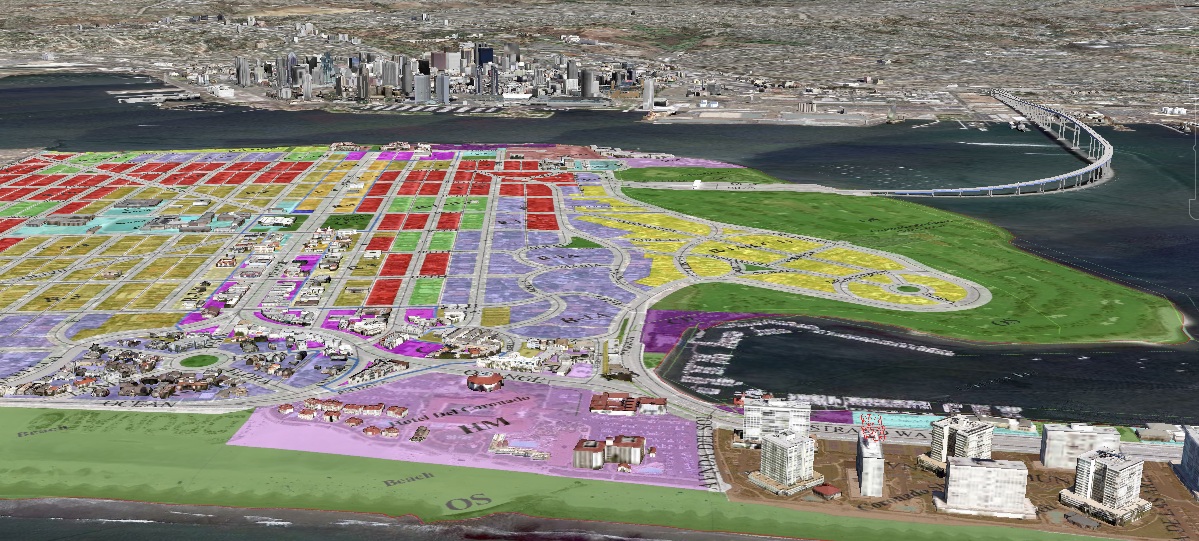New technology is transforming the real estate landscape
Can agents compete with the newly savvy consumer?
By Zach Todaro
There is a battle raging in this information age, a standoff between professionals and their potential clients. Attorneys, doctors and Realtors are fighting a new wave of information dissemination and peer-to-peer advice. At the forefront are services such as RocketLawyer and WebMD, challenging the traditional notion that a professional should control not only knowledge on a particular subject, but also the information that leads to such wisdom. The real estate profession is undergoing similar growing pains, a process in which consumers are redefining what they want and need out of an agent.
In the last 15 years, there have been two major advancements in the residential real estate profession that have had a profound effect upon the marketplace. The first being implementation of a fully functional digital multiple listing service (MLS) at the turn of the millennium, and secondly the distribution of listing and sales data to third party corporations, namely Zillow in 2005, then Trulia and Redfin in 2006. More recently, individual brokers and agents have been able to syndicate this information on their own Websites and mobile applications through a technology known as Internet data exchange (IDX). It would be naïve to say that the battle for control of marketplace information is tipping in favor of the professional. As the generation Y population ages in the next 10-15 years, the trend will only slip further in favor of the consumer. This begs the question, how will agents adapt, and can new technologies empower both consumers and professionals to achieve new levels of marketplace knowledge?
I was fortunate enough to demo a new technology earlier this year that I feel is going to blow the roof off how people think of real estate. A Swedish company named C3 has developed a way of attaching several high-definition cameras to the bottom of an aircraft, and by means of flying in a predetermined pattern, are able to map entire cities in three dimensions. The result is a photorealistic representation of the earth, accurate down to the minor details of vegetation and terrain. It is rumored that this capability was purchased by a major western corporation (namely Apple or Google) and will be implemented soon across a variety of enterprise and mobile products. In short, imagine your real estate agent being able to show you the view from any floor on any corner of a condo building, in real-time with photorealistic detail. Clients could zoom down the coastline, pinpointing potential luxury properties, and experience a representation of the space previously unachievable without the expense of a helicopter flight. An agent could program an aerial tour of a neighborhood, highlighting school and business locations, and then, thanks to modern wireless data bandwidth, e-mail the video to their clients’ mobile phones, to be viewed at their convenience.
The power of such technology will extend much further than the previously mentioned novelty of flying from space to space. I can already overlay demographic and zoning maps onto 3D models of San Diego, by use of current Google technologies. Likewise, I can overlay floor plans onto buildings located Downtown and on Coronado, added visualization for a client trying to understand more about an area. While these solutions are proprietary at this time, I think you will see full scale implementations of the C3 technology, with current listing and sold properties mapped and linked in real time, in the next 1-2 years. The influence on the commercial market could be significant as well, especially in cities such as New York and San Francisco, where there are hundreds of office buildings, all of which look the same to someone unfamiliar with the marketplace.
In the near future, I imagine most real estate offices will feature this technology in their conference rooms, with the professional being a kind of navigator in this digital dimension. Bundle this new way of looking at land, space, and structure with the advancements in Web-ready, high-definition video, and the result should be a more thorough marketplace knowledge for all parties. It remains to be seen whether agents who rely on traditional business practices, the same practices being encroached upon by consumers, will be able to survive without adopting these new tools that are quickly coming to market.
Zach Todaro is a Realtor representing clients in the greater San Diego area. Zach can be reached by email at ztodaro@gmail.com and by phone at (619) 302-9239.

